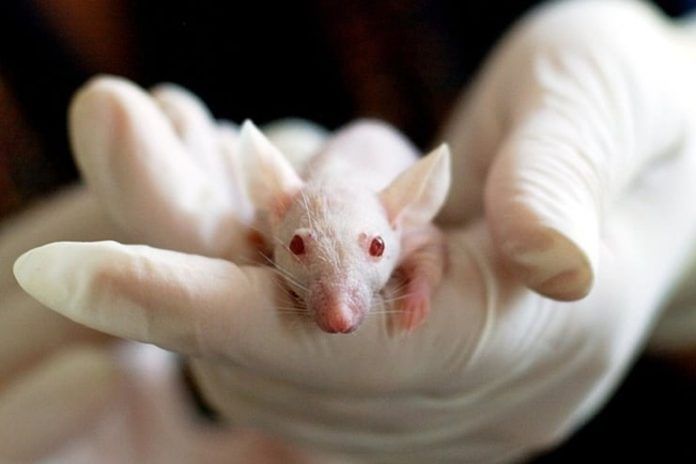Affiliate Disclaimer
Some links in this article are affiliate links. We may earn a small commission if you make a purchase through these links, at no extra cost to you. We only recommend products we find useful to our readersA new breakthrough has recently made its way through the realms of science. Scientists from China have successfully established ways to induce pregnancy in same-sex mice partners to give birth to healthy pups. The same was done with two female mice who successfully gave birth to healthy pups, however the same when done with male mice did produce pups but they didn’t survive more than a few days.
This new study (R) and research conducted by the researchers from the Chinese Academy of Sciences construes the hard and almost seemingly impossible task of producing offsprings from same sex partners in Mice using stem cell therapy and targeted gene editing. The researchers suggested that these barriers can actually be crossed using these genetic techniques.
The co-senior author of the study, Qi Zhou said that they have always been quite curious as to why it is only the mammals that undergo reproduction which is why they tried to imbibe the stages of regeneration to notice and changes in the process. They further tried to source whether or not it was possible in mice of same-sex partners to produce offsprings with haploid embryonic stem cells and gene deletions.
Priorly, aligned to this realm of study, scientists have produced bimaternal mice from two mothers which were later found to showcase signs of developmental impairments which were not something favourable. The deletion of the imprinted genes from the eggs was yet one of the hurdle that the scientists did face during the process making the process quite hard and hassle filled.
Qi Zhou, along Baoyang Hu, co-senior author Wei Li and some other colleagues instead of deletion of the imprinted gene, opted for the usage of haploid embryonic stem cells for the process which is what they think was the deal breaker for them.
The researchers then went on to deleting three imprinting regions off of the genome of the haploid stem cells and then injected the same into the eggs of the other female mouse. Out of the 210 embryos that they formed, 29 of them were developed and produced into live mice that were completely healthy and lived their life to adulthood and even gave birth to offsprings later in life.
Baoyang Hu, the co-senior author of the study said that using the haploid stem cells actually did aid them because it necessarily contains a lot less imprinting programming in place of the diploid ones. He further stated that they the stem cells they used were more like that of the primordial germ cells which are the precursor of eggs and sperms.
Not just with female mice, the same was conducted with male mice too but with a far more complicated and extensive process. The haploid stem cells from one male parent’s DNA underwent deletion in seven key imprinted regions. This modified stem cell, along with the sperm from another male parent was injected into a female egg with its female genetic material removed. They created an embryo which was then transferred into surrogate mothers who carried the pups till the delivery.
The success rate with the male pups were not that promising, primarily because of the fact that they survived only for 48 hours. Despite that, the researchers are set on ensuring to improve the process so that the bipaternal mice make it full term to adulthood and survive till then.
Even though there have been effective successful results in the mice, it is still not fool proof enough to be administered on other mammals to not similar results. The researchers need to conduct an extensive study concerning this to identify the problematic imprinted genes that will be unique to varying species. But they are hoping to find ways to be able to implement this process further on other mammals to notice further impacts and results with the process.
An author of the study further stated that this study is a proof of what’s possible with stem cells therapy and gene editing. While there are ways to minimize and get rid of the signs and symptoms concerning the bimaternal birth, the same can also be done with the bipaternal mice offsprings to ensure their extension of lives till adulthood. There is going to be further extensive studies regarding this to be able to get rid of the obstacles that are hindering the process of same-sex partners in giving birth to their offsprings.














